Important oil on panel by the great Dutch artist Philips Wouwerman (also Wouwermans) (1619 – 1668) a painter of hunting, landscape and battle scenes.
This beautiful painting depicts a riding hunters party making a halt at an inn door with a serving woman outside a tent.
In the In the background there is another horseman in a red cape going toward an encampment.
Philips Wouwerman was one of the most versatile and prolific artists of the Dutch Golden Age.
This painting, never before on the market, comes from a private collection and is beautified by an impressive antique frame in natural wood, in almost perfect condition.
Certificate of authenticity issued by Sabrina Egidi official Expert in Italian furniture for the Chamber of Commerce of Rome and for the Rome Civil Courts.
Philips Wouwerman embedded in the artistic environment and tradition of his home town of Haarlem, Wouwerman made an important and highly influential contribution to the canon of seventeenth-century Dutch painting.
His pictures were in demand during his lifetime, and even more sought after in the 18th century.
Throughout Europe, formerly princely art collections like in Dresden and St. Petersburg still bear witness to this widespread admiration of Wouwerman's art.
Born in Haarlem in 1619, the son of a now altogether obscure painter named Pouwels Joostsz Wouwerman, little is known of his artistic schooling.
According to Cornelis de Bie, he studied with Frans Hals (1581/85–1666), but the particular style of Hals didn't leave a footmark on his oeuvre.
Apart from a short stay in Hamburg at the end of the 1630s, Wouwerman seemed to have lived in Haarlem during his whole artistic career and died as a prosperous member of the community at the age of 48.
He joined the Haarlem Guild of St. Luke in 1640 and here took on several official posts in the years to come.
Wouwerman also worked as an estate agent in his home town, as many documents in Haarlem archives mentioned the artist in this context.
Wouwerman started his artistic career with simple depictions of everyday life in the tradition of the bamboccianti by Pieter van Laer (1592/99–after 1642).
His paintings of the mid-1640s often feature a diagonal slope of land, a tree which functions as a repoussoir, and figures accompanied by horses.
Over the next thirty years he developed an individual style, treating a wide range of subjects from genre and landscape to military and religious scenes (equestrian scenes, hunting and hawking parties, landscapes with travellers, cavalry battles and military encampments, peasants festivities etc.).
He is noted for his skill in the depiction of horses of all breeds seen in motion. The art historian Frederik J. Duparc calls Wouwerman "undoubtedly the most accomplished and successful 17th-century Dutch painter of horses".
The masterpieces from his best period (around 1650–1660) are of indisputably high quality, beautifully combining imaginary southern landscapes and a typically Dutch atmosphere. Wouwerman's paintings are characterized by subdued colours, a cool atmosphere and a wealth of witty, anecdotal details.
About 800 pictures were listed in John Smith's Catalogue raisonné (1829/1842) as the work of Philip Wouwerman.
Importante olio su tavola del grande artista olandese Philips Wouwerman (anche Wouwermans) (1619 - 1668), pittore di scene di caccia, paesaggi e battaglie.
Questo bel dipinto raffigura un gruppo di cacciatori a cavallo che si ferma alla porta di una locanda con una donna di servizio fuori da una tenda.
Sullo sfondo c'è un altro cavaliere con un mantello rosso che si dirige verso un accampamento.
Philips Wouwerman è stato uno degli artisti più versatili e prolifici del Secolo d'oro olandese.
Questo dipinto, mai presentato prima sul mercato, proviene da una collezione privata ed è impreziosito da un'imponente cornice antica in legno naturale, in condizioni pressoché perfette.
Certificato di autenticità rilasciato da Sabrina Egidi, funzionario esperto di mobili italiani per la Camera di Commercio di Roma e per il Tribunale Civile di Roma.
Philips Wouwerman, inserito nell'ambiente artistico e nella tradizione della sua città natale, Haarlem, Wouwerman diede un contributo importante e molto influente al canone della pittura olandese del XVII secolo.
I suoi quadri erano molto richiesti durante la sua vita e ancora più ricercati nel XVIII secolo.
In tutta Europa, collezioni d'arte un tempo principesche come quelle di Dresda e San Pietroburgo testimoniano ancora oggi questa diffusa ammirazione per l'arte di Wouwerman.
Nato ad Haarlem nel 1619, figlio di un pittore oggi del tutto oscuro di nome Pouwels Joostsz Wouwerman, poco si sa della sua formazione artistica.
Secondo Cornelis de Bie, studiò con Frans Hals (1581/85-1666), ma lo stile particolare di Hals non lasciò traccia nella sua opera.
A parte un breve soggiorno ad Amburgo alla fine degli anni Trenta del XVI secolo, Wouwerman sembra aver vissuto ad Haarlem per tutta la sua carriera artistica e morì come membro benestante della comunità all'età di 48 anni.
Entrò a far parte della Corporazione di San Luca di Haarlem nel 1640 e qui assunse diversi incarichi ufficiali negli anni a venire.
Wouwerman lavorò anche come agente immobiliare nella sua città natale, dato che molti documenti negli archivi di Haarlem menzionano l'artista in questo contesto.
Wouwerman iniziò la sua carriera artistica con semplici rappresentazioni della vita quotidiana nella tradizione dei bamboccianti di Pieter van Laer (1592/99-dopo il 1642).
I suoi dipinti della metà degli anni '40 sono spesso caratterizzati da un pendio diagonale di terreno, da un albero che funge da repoussoir e da figure accompagnate da cavalli.
Nei trent'anni successivi sviluppò uno stile individuale, trattando un'ampia gamma di soggetti, dal genere e dal paesaggio alle scene militari e religiose (scene equestri, battute di caccia e di caccia, paesaggi con viaggiatori, battaglie di cavalleria e accampamenti militari, feste di contadini ecc.)
È noto per la sua abilità nella rappresentazione di cavalli di tutte le razze visti in movimento. Lo storico dell'arte Frederik J. Duparc definisce Wouwerman "senza dubbio il pittore olandese di cavalli più abile e di successo del XVII secolo".
I capolavori del suo periodo migliore (1650-1660 circa) sono di qualità indiscutibilmente elevata e combinano magnificamente paesaggi immaginari del sud e un'atmosfera tipicamente olandese. I dipinti di Wouwerman sono caratterizzati da colori tenui, un'atmosfera fredda e una ricchezza di dettagli spiritosi e aneddotici.
Nel Catalogue raisonné di John Smith (1829/1842) circa 800 quadri sono elencati come opera di Philip Wouwerman.
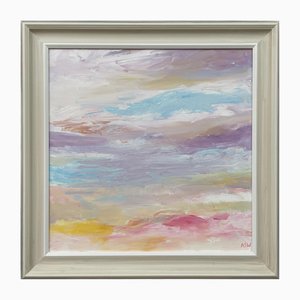

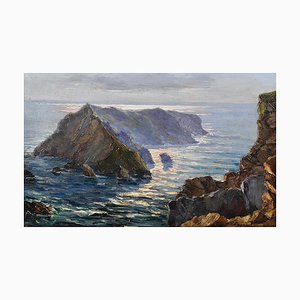
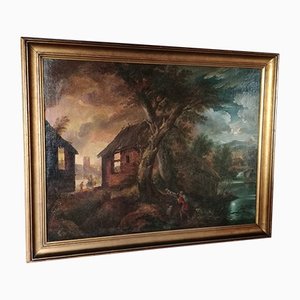
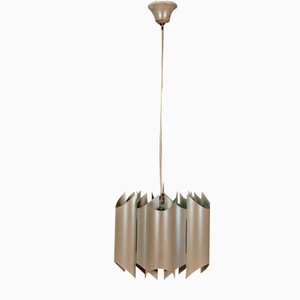
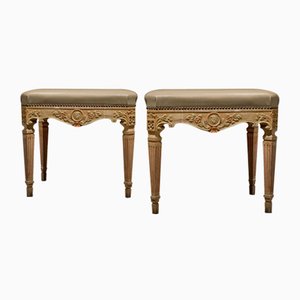
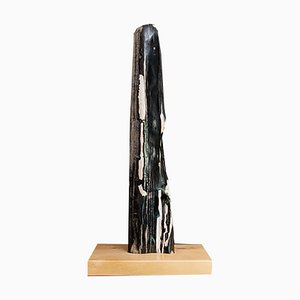
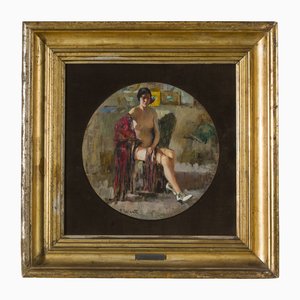

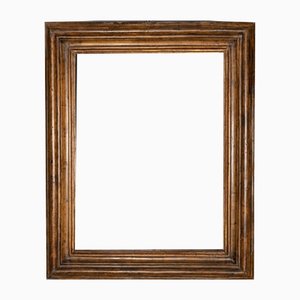
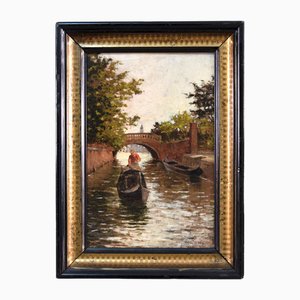
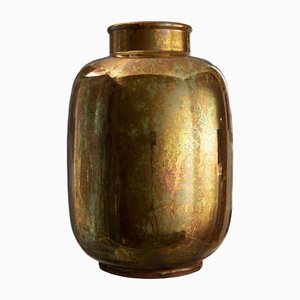
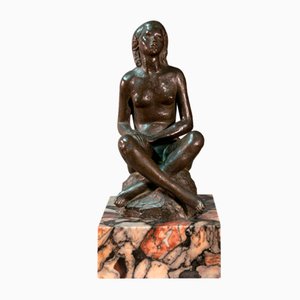
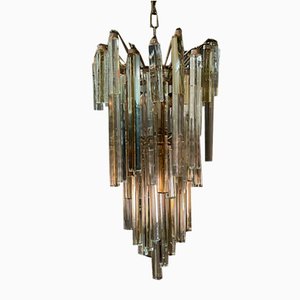
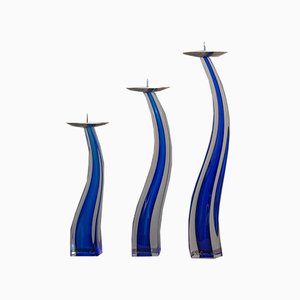
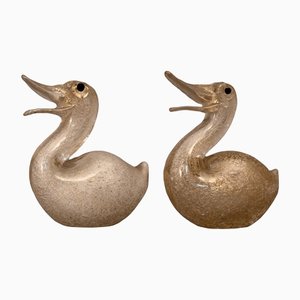
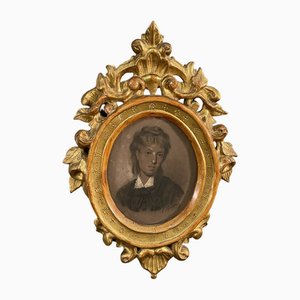
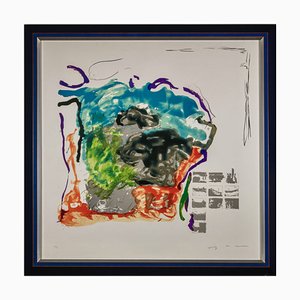
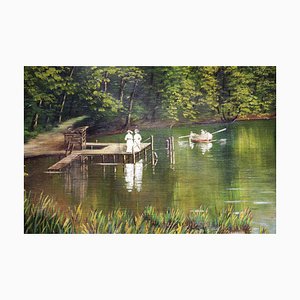
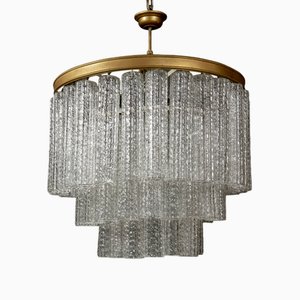
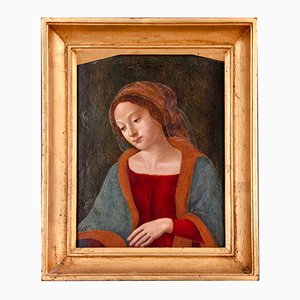

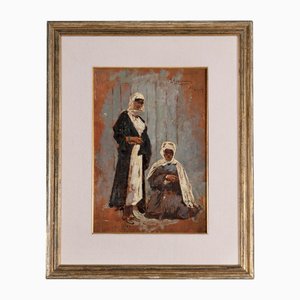
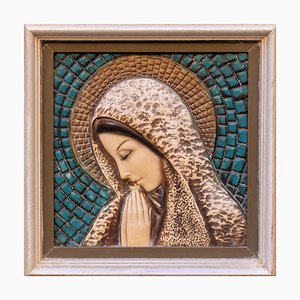
Contattaci
Fai un'offerta
Abbiamo notato che sei nuovo su Pamono!
Accetta i Termini e condizioni e l'Informativa sulla privacy
Contattaci
Fai un'offerta
Ci siamo quasi!
Per seguire la conversazione sulla piattaforma, si prega di completare la registrazione. Per procedere con la tua offerta sulla piattaforma, ti preghiamo di completare la registrazione.Successo
Grazie per la vostra richiesta, qualcuno del nostro team vi contatterà a breve.
Se sei un professionista del design, fai domanda qui per i vantaggi del Programma Commerciale di Pamono